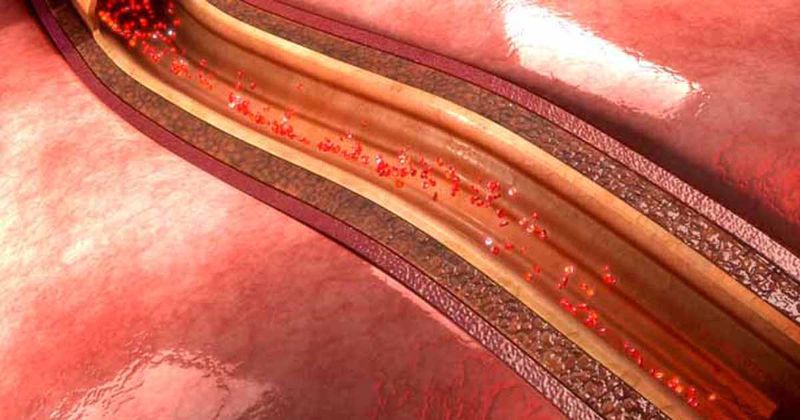Intact coronary flow reserve may not signify appropriate PCI deferral: DEFINE-FLOW
Among patients with coronary artery lesions, medically treated vessels with abnormal fractional flow reserve but intact coronary flow reserve did not have noninferior outcomes vs. vessels with normal FFR and coronary flow reserve.
The results of the prospective observational DEFINE-FLOW trial call into question whether it is appropriate to defer PCI in patients with abnormal FFR ( 0.8) but intact coronary flow reserve ( 2), K. Lance Gould, MD, Weatherhead Distinguished Chair of Cardiovascular Medicine and medical and executive director of the Weatherhead PET Imaging Center at UTHealth, said during a press conference.

For the study of 430 patients (mean age, 67 years; 74% men) with 533 lesions, researchers hypothesized those with FFR 0.8 or less but intact coronary flow reserve (CFR) would have noninferior outcomes to those with FFR greater than 0.8 and intact CFR when treated medically.
Patients with FFR greater than 0.8 had PCI deferred regardless of CFR level, as did those with FFR 0.8 or less but with CFR at least 2, whereas those with FFR 0.8 or less and CFR less than 2 had PCI right away, Gould said.
The primary endpoint of all-cause death/MI/PCI or CABG for any reason at 2 years occurred in 5.8% of those with FFR greater than 0.8 and CFR of at least 2, 10.8% of those with FFR 0.8 or less and CFR of at least 2, 12.4% of those with FFR greater than 0.8 and CFR less than 2, and 14.4% of those who had immediate PCI due to having FFR 0.8 or less and CFR less than 2, according to the researchers.
The difference in the primary outcome between the FFR greater than 0.8/CFR of at least 2 group and the FFR 0.8 or less/CFR of at least 2 group was 5% (95% CI, –1.5 to 11.5). Because the noninferiority margin was 10%, FFR greater than 0.8/CFR of at least 2 failed to meet noninferiority (P for noninferiority = .065), Gould said at the press conference.
“The primary conclusion is that the natural history of FFR less than 0.8 with CFR equal to or greater than 2 is not noninferior to lesions with FFR greater than 0.8 and the same CFR,” Gould said at the press conference.
FFR predicted target vessel failure, but adding CFR did not improve the prediction, Nils Johnson, MD, MS, associate professor of cardiovascular medicine at McGovern Medical School at UTHealth, said during a presentation.
Gould said the results are important because they “contravene the intuitive notion that adequate CFR equal to or greater than 2 may reduce MACE in patients with FFR less than 0.8 and, hence, allow for a deferral of PCI. However, the potential negation of that intuitive notion in this small study is consistent with [previous] mechanistic insights. The explanation mechanistically may be that the high stress flow of CFR through a mild or moderate stenosis or diffuse disease with no stenosis causes a fall in coronary pressure [and] predict heterogeneous arterial wall stresses associated with plaque instability or ... ischemia or both. Consequently, the high-flow lesion with low FFR may indicate less severe stenosis but still vulnerable plaque compared to low-flow lesions with low FFR, which may have still higher risk of plaque instability.
“This mechanism suggests that reduced FFR and reduced CFR may incur additive risks only at lower thresholds as we demonstrated by PET,” Gould said. “This potential insight would be essential for designing future randomized interventional trials with mortality or morbidity outcomes, potentially counterbalancing the ISCHEMIA and COURAGE trials that lack precise quantitative severity of stenosis.”











